The Smart Campus Dataset
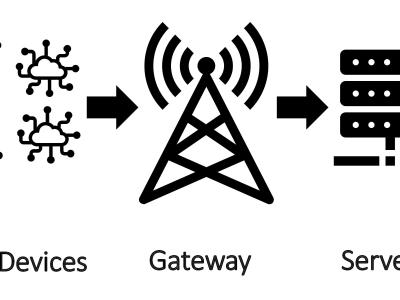
- Citation Author(s):
- Submitted by:
- Eslam Eldeeb
- Last updated:
- DOI:
- 10.21227/xe4q-ax22
 1014 views
1014 views
- Categories:
Abstract
IoT has a significant role in smart campus. LoRaWAN is an emerging technology that enables serving hundreds of IoT devices. In this dataset, we present a the data results from the LoRa communication model between the devices and the gateway and between the gateway and the processing server. In addition, we present the physical readings sensed by the LoRa devices. This dataset is very rich and can be used in many applications, such as time-series forecasting, number of people prediction, and veryfing spatial correlation algorithms.
Instructions:
The Smart Campus dataset summarizes the measurements of the smart campus IoT sensor network that decomposes of hundreds of low-power sensors scattered across the university of Oulu campus (indoor) and the botanical garden (outdoor). The smart campus IoT sensor network consists of 462 devices scattered across 135,000 m^2 area. It consists of two datasets, namely, (a) LoRa parameters dataset that presents the physical layer characteristics of the LoRa network, and (b) Sensors readings dataset that presents the measurements of the sensors. The former consists of the time stamp of transmission, the channel used in transmission (there are 7 available channels), the device extended unique identifier DevEUI), the LoRa signal-to- noise ratio (LSNR) of the transmission, the port that is used to distinguish between messages, the binary RF chain value (RFCH), the received signal strength indicator (RSSI), and the frame counter (FCNT). The latter has the physical measured quantities besides the time stamp and the DevEUI. The sensors are divided into three types: i) CO2 devices measure CO2 levels, motion and light, ii) sound devices measure sound average, sound peak, motion and light, and iii) moisture devices measure pressure and moisture. In addition, all devices measure temperature and humidity and monitor their own battery levels. The physical quantities that are monitored by a device has a nan reading. Among the 462 devices, there are 326 CO2 devices, 119 sound devices and 17 moisture devices.



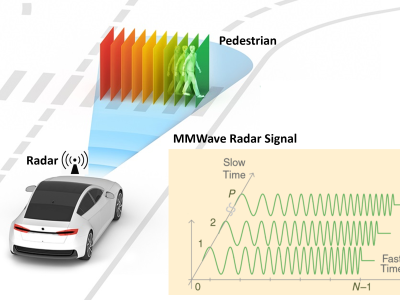
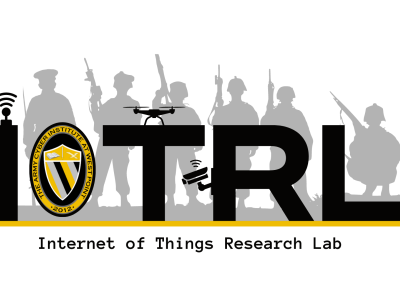
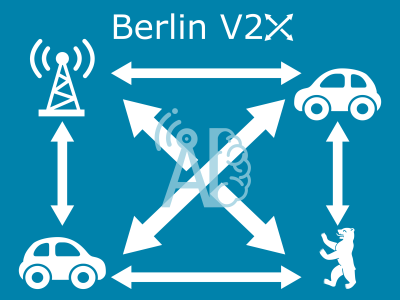
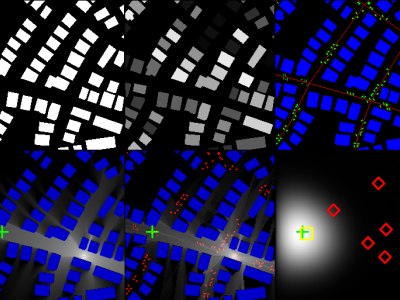


With helsinki.fi login, this should be accessible without paid subscription?